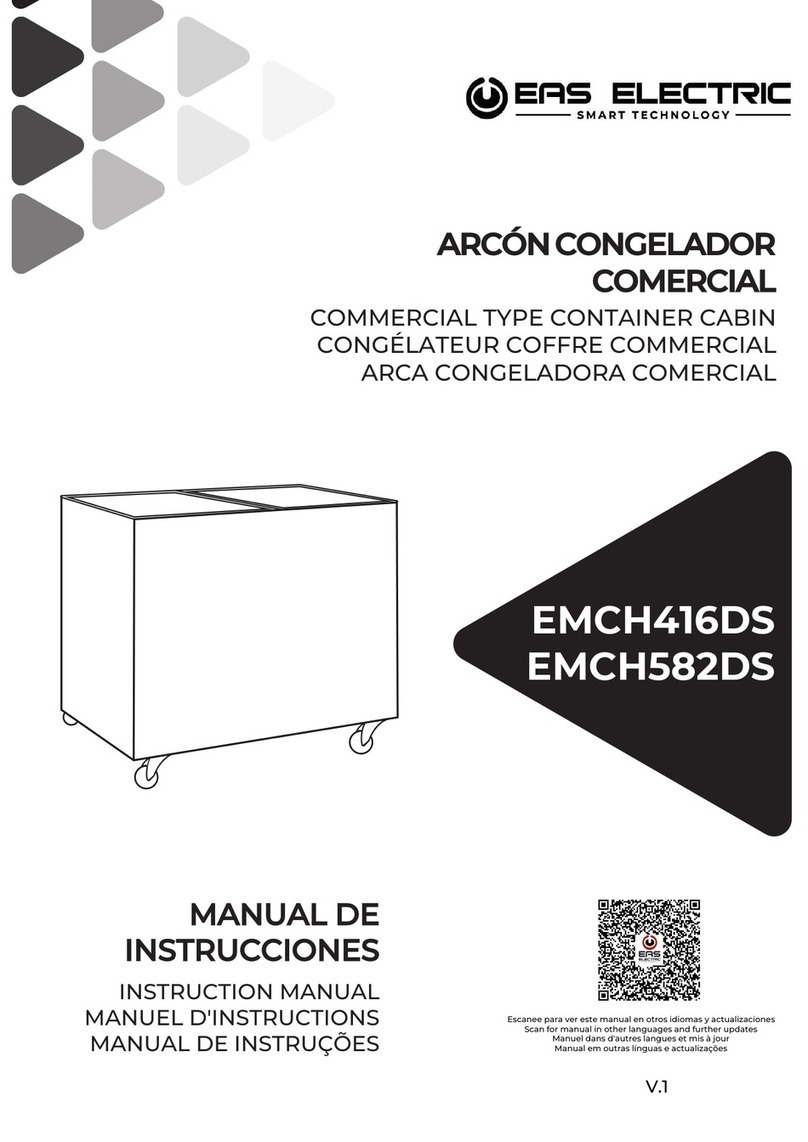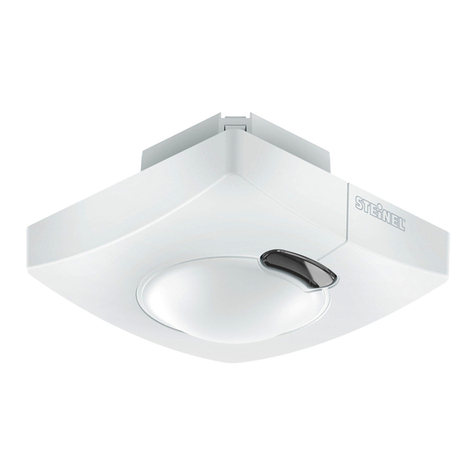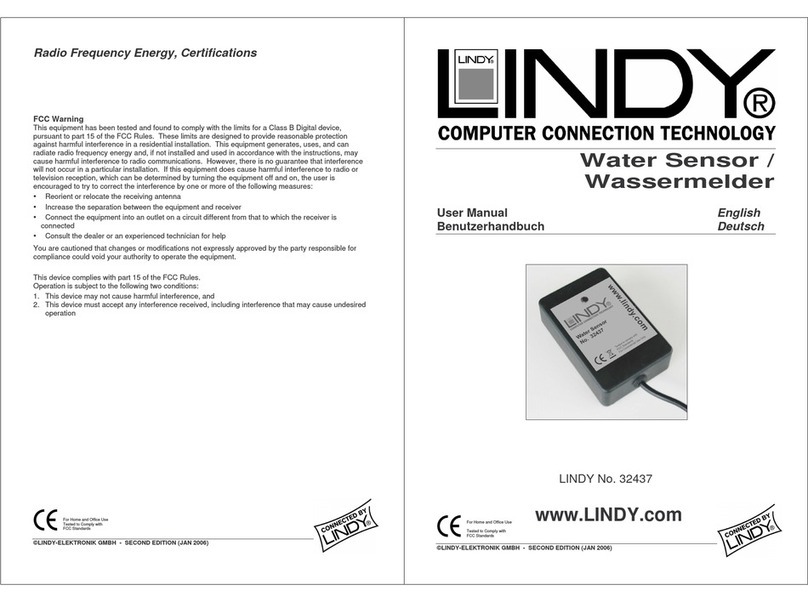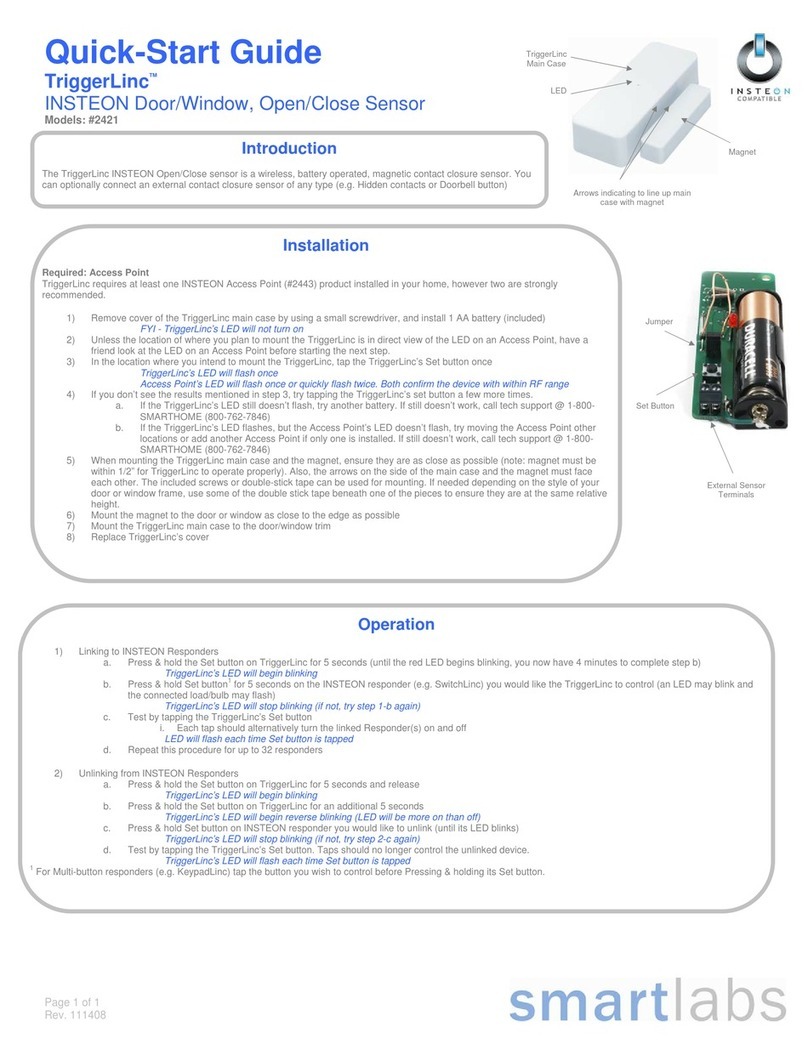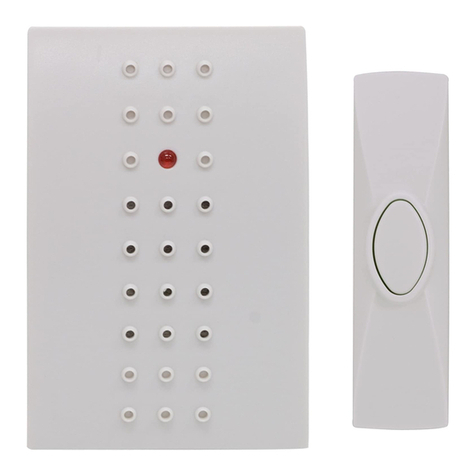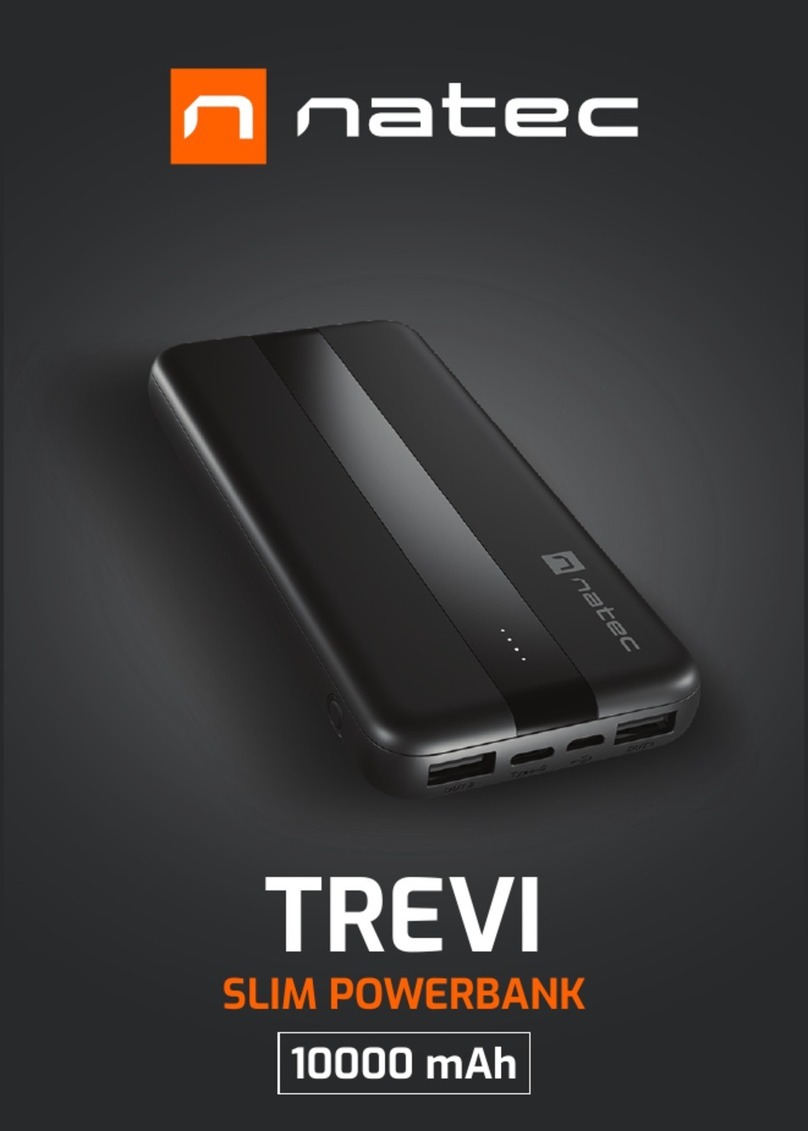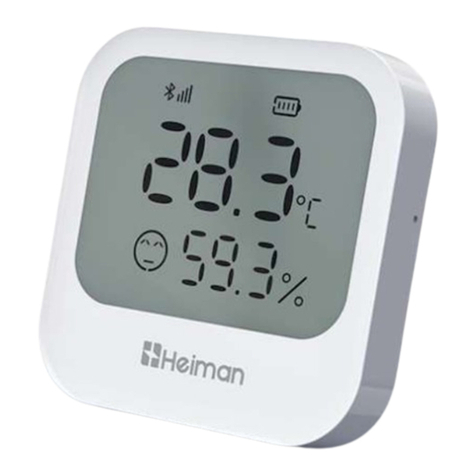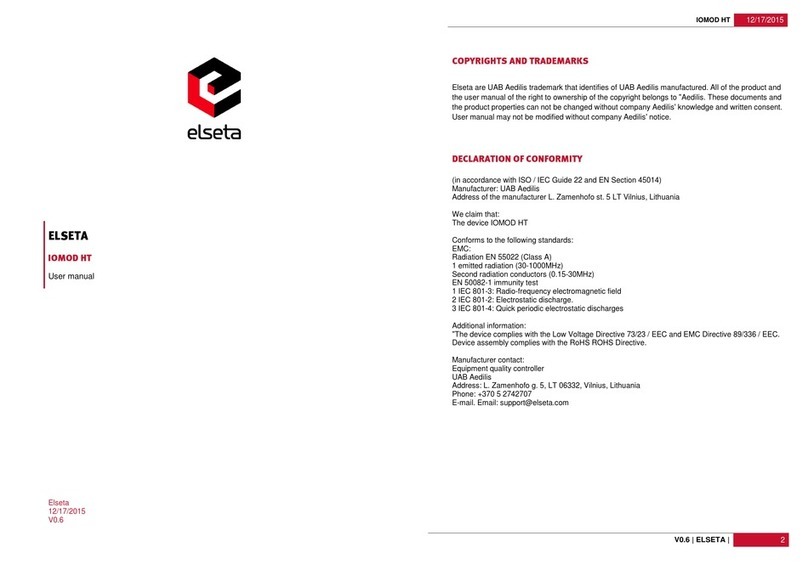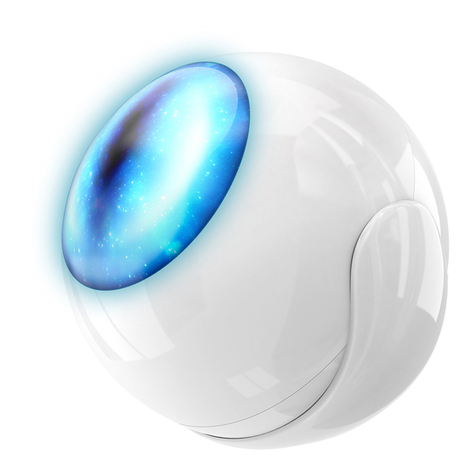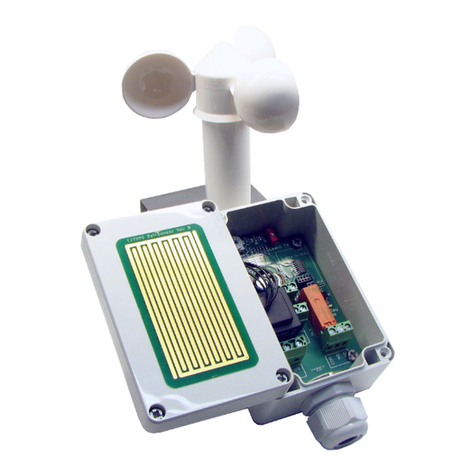SENSY 5910 User manual

MA-5910_EN Page 1 on 9 Rev: 26/04/2021
LOAD CELL 5910
INSTALLATION MANUAL
1. GENERAL INFORMATION .................................................................................................................................................................2
1.1. Leveling .......................................................................................................................................................................................2
1.2. Shocks.........................................................................................................................................................................................2
1.3. Electrical soldering ......................................................................................................................................................................2
1.4. Lightning......................................................................................................................................................................................3
1.5. Outer mechanical influences .......................................................................................................................................................3
1.6. Setting of the counter force .........................................................................................................................................................3
2. CABLING.............................................................................................................................................................................................4
2.1. Cable ...........................................................................................................................................................................................4
2.2. Wiring ..........................................................................................................................................................................................4
2.3. Parallel connection ......................................................................................................................................................................5
2.4. Calibration ...................................................................................................................................................................................5
2.5. Measurement errors....................................................................................................................................................................5
2.6. Insulation test ..............................................................................................................................................................................6
2.7. Output impedance :.....................................................................................................................................................................6
2.8. Input impedance..........................................................................................................................................................................7
3. MOUNTING .........................................................................................................................................................................................7
3.1. Mounting with 3 load cells ...........................................................................................................................................................8
3.2. Mounting with more than 3 load cells..........................................................................................................................................8
4. EU DECLARATION OF CONFORMITY..............................................................................................................................................9

MA-5910_EN Page 2 on 9 Rev: 26/04/2021
Rev.
Date
Reason
1
26/04/2021
Insertion of an EU Declaration Of Conformity
1. GENERAL INFORMATION
1.1. Leveling
This operation guarantees a good
distribution of the loads, as well as the
verticality of the effort.
It is advised to ensure that a good
leveling of the cells and the support
elements is carried out.
Use thickness chocks if necessary.
1.2. Shocks
An important shock may damage the cell when this shock
corresponds to 1,5 to 3 times to the nominal load; it is in this case
preferable to install a shock absorber between the load and the
cell. (Ex: piling of rubber and metal plates)
1.3. Electrical soldering
When arc welding must be done on the structure, we advise to
install stranded ground wire, in order that the derived current does
not pass through the cell, damaging it.
It is also advised to disconnect the cells from the measurement
instrument.

MA-5910_EN Page 3 on 9 Rev: 26/04/2021
1.4. Lightning
If there is a risk of lightning, it is advised to isolate
the cell the best possible, and to derive the former
by stranded wire.
To do that, place a rubber sheet under the sole and
polyamide waterproof washers under the fixing
screws.
1.5. Outer mechanical influences
In order to avoid measurement
errors, the load to be weighed
should not be subject to parasitic
contributions: connecting pipes,
cables and stops or draw-bolts. If
there are any, they must be
installed with the greatest
flexibility.
Also ladders, bridges for access
should be suitably articulated, etc.
(Clamping).
1.6. Setting of the counter force
This setting must be done when the cell is UNLOADED.
With the hand, bring nut A at 1mm of the structure, then screw B
against A.
Finally, using a wrench, block nut A upon nut B, so that no effort is
exerted on the load cell.
Direct earthing of the structure through the electrical ground strap

MA-5910_EN Page 4 on 9 Rev: 26/04/2021
2. CABLING
2.1. Cable
The cells are delivered with a 4-wire screened cable. The screen
(shielded wire) cannot in any case be in contact with the ground, e.g;
in metallic junction boxes, it is necessary to isolate the screen with a
sheath (thermal).
The screen can only be connected to standardized earth.
It is advised to install a thermo-retractable sheath (retracted 4x) at the
end of the cable (retracted 4x) with inside, a waterproof paste, to
avoid any leak.
If there is any possible danger of damage along its wiring, it is
necessary to use an additional cable protection, passing the cable
through a pipe (steel, preferably).
2.2. Wiring
The cell wiring should be far away from power lines
(motors, transformers), and placed in separate pipes.
Soldered connections must be applied in the junction
box, (preferably screwed connections).
It is advised to place a bag of SILICA-GEL to keep dry
inside the junction box.
SENSY can provide, upon request, a PVC junction
box with a PG9 packing-gland – which could receive 4
or 6 parallel cells.
REF.: Junction Box
JBOX-4R (4 inputs - 1 output)
JBOX-6R (6 inputs - 1 output)
A) Display (ex. dv680)
B) Junction box
C) Cell
R) Adjustment resistance
1) Signal (out) -(white)
2) Excitation -(yellow)
3) Excitation + (brown)
4) Signal (out) + (green
5) Ref. (sense) + (pink)
6) Ref. (sense) + (grey)

MA-5910_EN Page 5 on 9 Rev: 26/04/2021
2.3. Parallel connection
The cells must be installed in parallel, with the stranded mass wire joined to itself. The sense must be joined to
the cell supply before the points of parallel wiring and the stabilizing resistances.
2.4. Calibration
It must be done after the sensor has been turned on for a while (10-15 minutes) to obtain a uniform
temperature of the installation.
The cells do not usually need to be adjusted with each other.
However, when greater precision is needed, it is sometimes necessary to stabilise the cells individually with
the resistances in the junction box. Those resistances are of several ohms (±10) and are installed in the
supply circuit. A parallel adjustable resistance is mounted with a fixed resistance.
The most sensitive cell will have its input resistance increased and the least sensitive will have its lowest input
resistance. You will see that it is preferable to work on both supply cables: schematic mounting is given for
your information and allows a variation of 0 to 20 ohms in series on the input impedance (2x10 ohms).
Note: A well known weight of more than 20% of the nominal load of the system can be expected. The
calibration error is always much higher than the error made on the evaluation of the load.
2.5. Measurement errors
When the calibration is difficult and measurement errors are observed, it is necessary to check the installation.
Mechanically, the cells must be free in the direction of the load and well positioned. Electrically, the
connections must be secure, the junction boxes exempt from humidity and the cables intact. If there is no fault
to be seen, it is necessary to verify the internal circuit.
SENSY can help to diagnose based on the associated diagnosis sheet provided in the appendix and filled in
beforehand.

MA-5910_EN Page 6 on 9 Rev: 26/04/2021
2.6. Insulation test
The measuring of the insulating resistance is done with a
multimeter. The standardized testing voltage is 10 V. It is
applied to a conductor.
It can be determined by disconnecting the measuring
instrument and applying voltage between one of the conductors
and the metallic mounting structure - or individually, cell by cell,
to locate the leakage with precision.
The insulation must not, in any case, be lower than 2 GΩ for a
10 V voltage. This insulation default will generate measurement
errors if the insulation resistance is lower than several hundred
MΩ.
Insulation default can also be generated by environmental
conditions (temperature, humidity).
2.7. Output impedance :
The Wheatstone bridge is made up of 350 Ωgauges.
At the output signal (OUT+: green,OUT-: white), the resistance
is 700 Ω± 5 Ω.
This impedance must be in accordance with the individual cell
data sheet, which can easily be determined with a multimeter. If
a wider varying resistance is read, it means that there is a
break-off or a short circuit current; a resistance variation of
several ohms would instead be a consequence of a severe over
voltage problem.

MA-5910_EN Page 7 on 9 Rev: 26/04/2021
2.8. Input impedance
Input signal (IN+: brown, IN-: yellow): its resistance is
usually of ± 700 Ω± 5 Ω, its impedance must be in
accordance with the individual cell data sheet.
If a different resistance is read, it means that there is a
break-off or a short circuit current. It is at the input that
one finds drift compensation, slope and sensitivity
adjusted resistance.
3. MOUNTING
The EASY MOUNT integrates the fixing plates, the support elements, as well as the anti-reversing and the
anti-rotation (shifting) in one direction.
This kit with knee joint absorbs forces up to 20 kN in the X-direction and lets enough movement space in the
Z-direction for the dilatations.
Rm Sensitivity drift compensation
(compensation de dérive de sensibilité)
Rms Sensitivity drift adjustement
(ajustement de dérive de sensibilité)
Rs Sensitivity calibration
(réglage de sensibilité)
Rzb Zéro calibration
(réglage de zéro)
Rzc Zéro drift compensation
(compensation de dérive du zéro)

MA-5910_EN Page 8 on 9 Rev: 26/04/2021
M5910
I5910
I5910
I5910
3.1. Mounting with 3 load cells
This mounting offers the best load repartition properties
and movement space for the element to weigh.
3.2. Mounting with more than 3 load cells
When using more than 3 load cells, each element must be
placed at the same level, to obtain an optimal distribution of
the loads. The output signals of each cell with the element to
weight, empty, must be identical (case of a symmetrical
element).
In order not to clamp the movements (dilatation) of the
element to weigh, a maximum of three I5910 used together
must be respected. For the other cells, use the mounting kit
M5910. In cases for which the dimension variations are
slight, the use of a mounting system with four I5910 is
authorized – which offers the best characteristics as far as
the resistance against parasitic efforts are concerned.
Remark: the characteristics of the cells are guaranteed
between –10°C and 45°C without thermal gradient at the
level of the cell and quick temperature variation, use of
protecting screen and an isolated element to form a barrier
between the warmth source and the cell (sun, wind, thermal
striking, conduction).

MA-5910_EN Page 9 on 9 Rev: 26/04/2021
4. EU DECLARATION OF CONFORMITY
Manufactured by:
SENSY SA
Z.I. Jumet – Allée Centrale
B – 6040 JUMET
Phone: +32 71 25.82.00
Fax: +32 71 37.09.11
Website: http://www.sensy.com
CONCERNED ITEMS: 5910, see calibration certificate related to model and serial number.
SENSY S.A. certify that the items described here above have been duly designed, manufactured and tested for use in accordance
with the essential requirements defined in the European Directives listed here under.
2014/30/EU
Electro-Magnetic Compatibility Directive
2011/65/EU
amended by
directive
2017/2102 / EU
Restriction of the use of certain hazardous substances in the electrical and electronic equipment
(RoHS)
2014/35/EU
Safety / low voltage directive
Conception and compliance of this equipment is made according to all of part of the following standards:
EN 61326 (2006)
If designed, manufactured and tested safety ref. D-DP SIL3 READY (option):
see specific and separate certificate according to ISO 13849-1 and/or EN 62061
If designed, manufactured and tested for use in potentially explosive atmospheres (option):
see specific and separate certificate.
Jumet,
April 26th, 2021
Augustin DUBOIS
Product Development Division
Table of contents
Popular Accessories manuals by other brands

Endress+Hauser
Endress+Hauser Oxymax W COS51D operating instructions
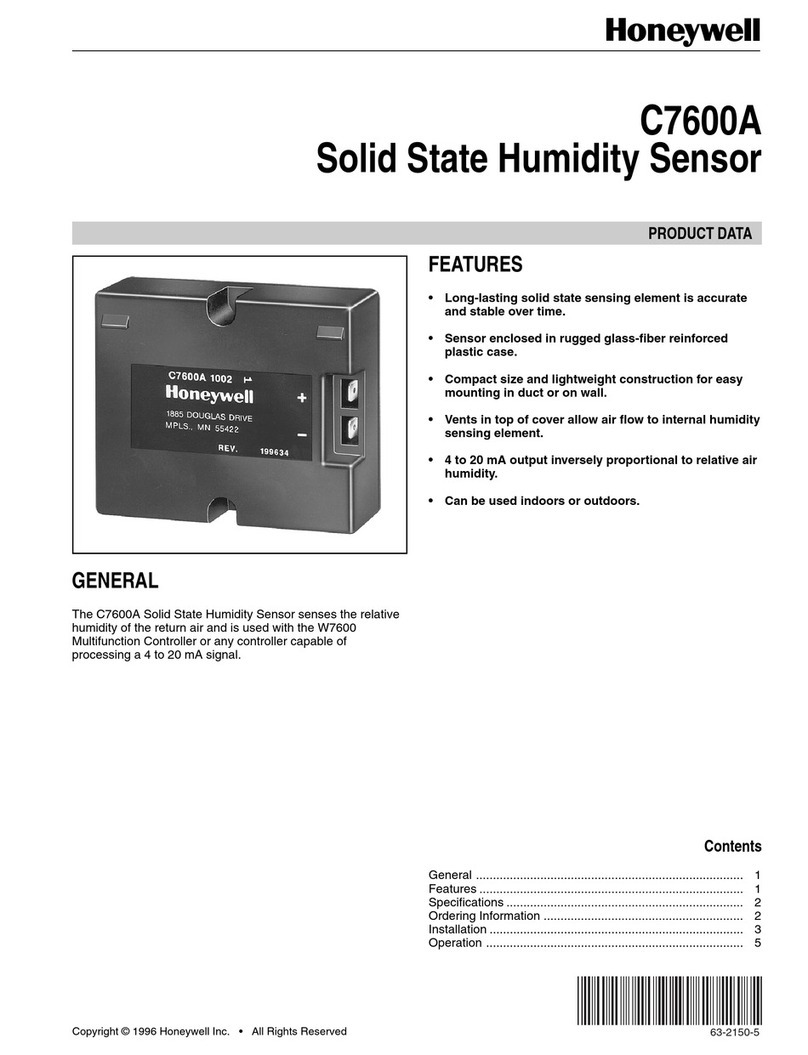
Honeywell
Honeywell C7600A Product data
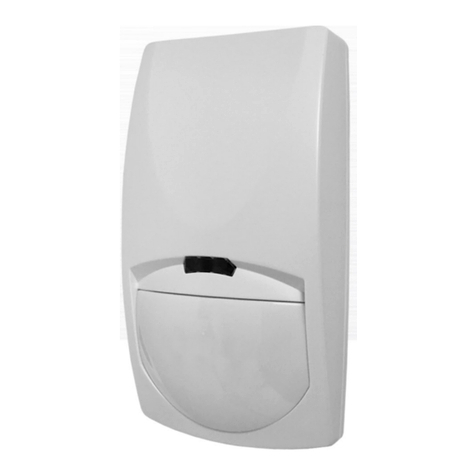
Arrowhead Alarm Products
Arrowhead Alarm Products Elite Control TRX PIR installation instructions
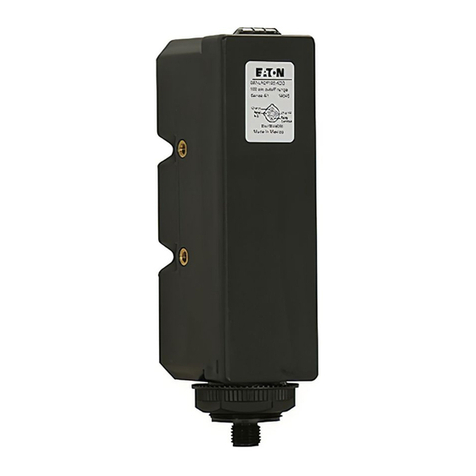
Eaton
Eaton E67 Series Instruction leaflet
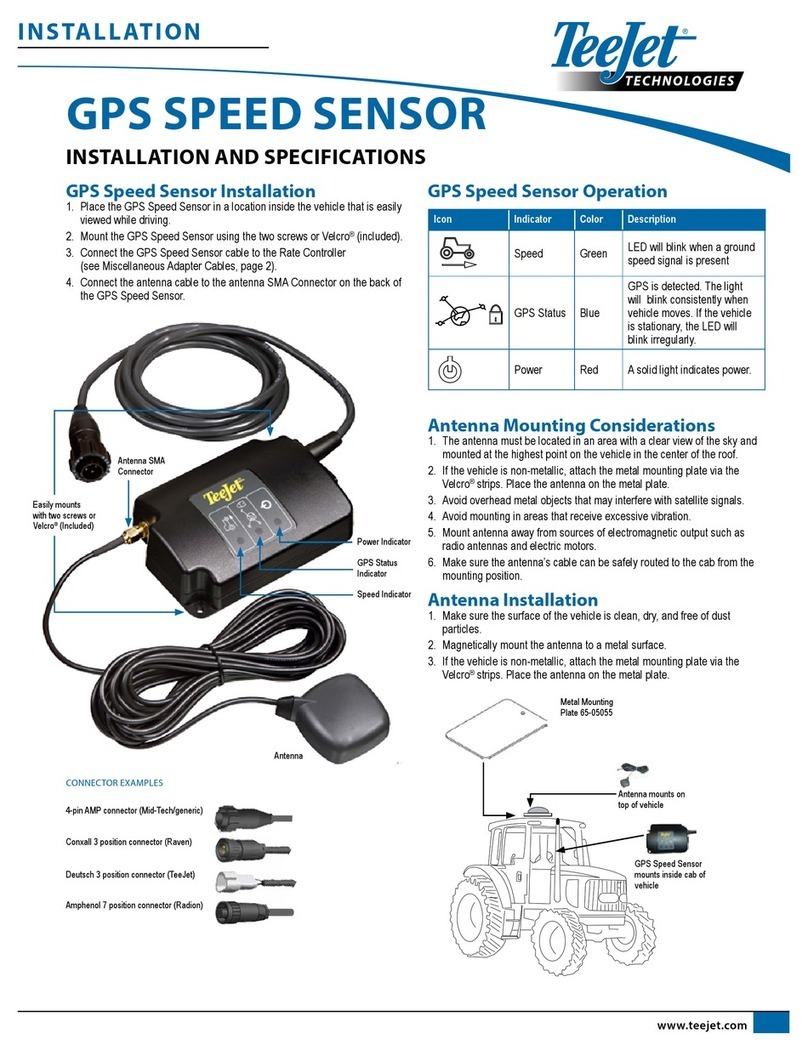
TeeJet
TeeJet gps speed sensor Installation

texet
texet PowerPack TPB-2113 user guide
